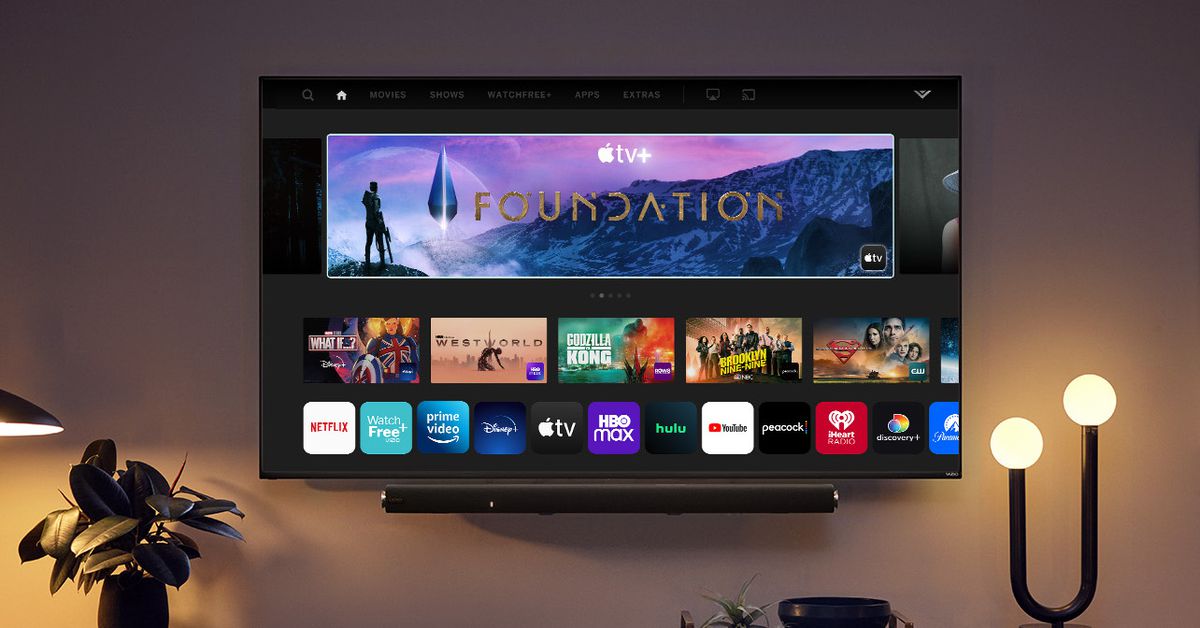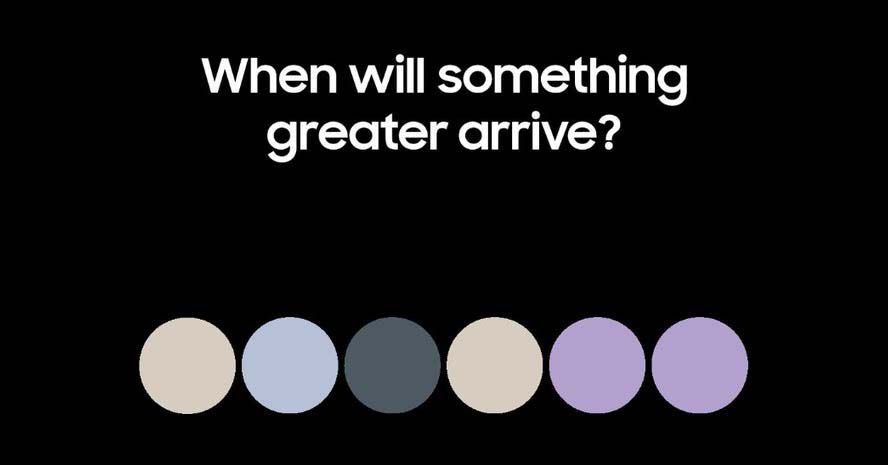
Vizio was once the de facto recommendation for TV shoppers looking to spend under $1,000 on a new set. But over the last several years, companies like TCL and Hisense have made their presence felt in the mid-range price segment that was long Vizio’s specialty — and sometimes with better performance.
It didn’t help that Vizio hit some snags with its 2020 TV lineup (particularly in the area of next-gen 4K gaming), requiring multiple firmware updates to get those TVs where they needed to be for the most demanding gamers. So it makes sense that the company took its time with the 2023 models being announced today.
What’s not being refreshed are Vizio’s highest-end sets. The 65- and 75-inch P-Series Quantum, 85-inch P-Series Quantum X, and OLED TVs will all continue to be sold for the remainder of 2022, but the company isn’t announcing hardware updates to those products today. (Vizio says they’ll continue to receive software improvements, like support for Bluetooth headphones.)
Instead, as Vizio celebrates its 20th anniversary, the company is focused on its bread and butter: the M-Series. The new lineup is led by the M-Series Quantum X 4K. Available in 75- ($1,199.99), 65- ($849.99), and 50-inch sizes, this TV supports Dolby Vision, HDR10 Plus, 4K 120Hz gaming, AMD FreeSync Premium, VRR, and more. Its full-array backlight system includes up to 32 dimming zones — this is regular local dimming, not Mini LED — and peak brightness can reach up to 1,000 nits.
Vizio says the $629.99 50-inch model has a native refresh of 120Hz and can hit 240Hz when used for 1080p PC gaming. Input lag has been reduced to under 8 milliseconds. And like LG and Samsung, Vizio has added a gaming menu for quick access to pertinent settings. Unfortunately, despite having four HDMI 2.1 ports, only one is labeled as providing 4K at 120Hz. There’s also an M-Series Quantum 6 lineup that delivers similar quantum color picture quality without some of the gaming features.
Step down from the M-Series and you get the V-Series. Vizio says the 55-inch size in this line is “often the best-selling TV in America on any given day,” according to NPD numbers. The 2023 V-Series lineup starts at $289.99, and the company notes that every model delivers 4K picture with full-array local dimming, plus support for Dolby Vision and HDR10 Plus. Beneath that is the Full HD D-Series, which comes in smaller sizes ranging from 24 to 43 inches with a starting price of just $169.99. Even there, you’re getting some level of local dimming for improved contrast.
Across all of the new TVs, the company is promising “lightning-quick” navigation of its SmartCast software thanks to a new processor inside. Wi-Fi 6E is included on the M-Series and V-Series for more dependable streaming performance, and Vizio continues to support a slew of third-party services like Amazon Alexa, Apple’s AirPlay 2, HomeKit, Google Assistant. and Chromecast.
Vizio’s $799.99 M-Series Elevate 5.1.2 system brings the neat trick of the company’s flagship soundbar, auto-rotating speakers, to a more affordable model. Since the new model is covered in charcoal fabric, there are aluminum discs at each end that illuminate when the speakers shift to fire upwards for Dolby Atmos content.
If you’re after something smaller with a low profile design, the standard M-Series All-In-One 2023 soundbar might be more your speed. Since it’s a 2.1 soundbar, it’s far cheaper at $199.99. But the company claims it still delivers “an uncompromising, full-featured audio system with performance that outperforms its size.”
Just as it always has, Vizio is clearly remaining aggressive on price with its 2023 model year TVs and soundbars. But the question is whether the company’s lush quantum dot colors and picture quality can keep up with (or surpass) others in a mid-range TV market that’s grown fiercely competitive.



/cdn.vox-cdn.com/uploads/chorus_asset/file/25547226/1242875577.jpg)
/cdn.vox-cdn.com/uploads/chorus_asset/file/25546751/ES601_WEBR_GalleryImages_KitchenCounterLineUp_2048x2048.jpg)

